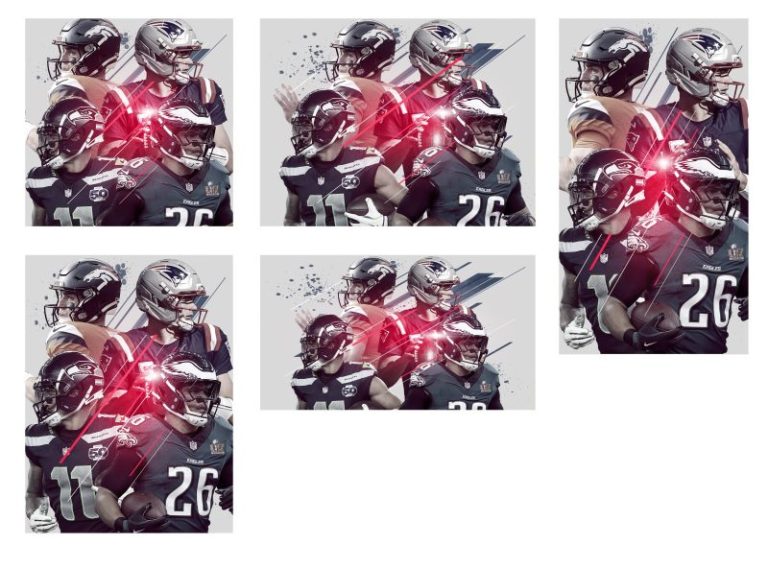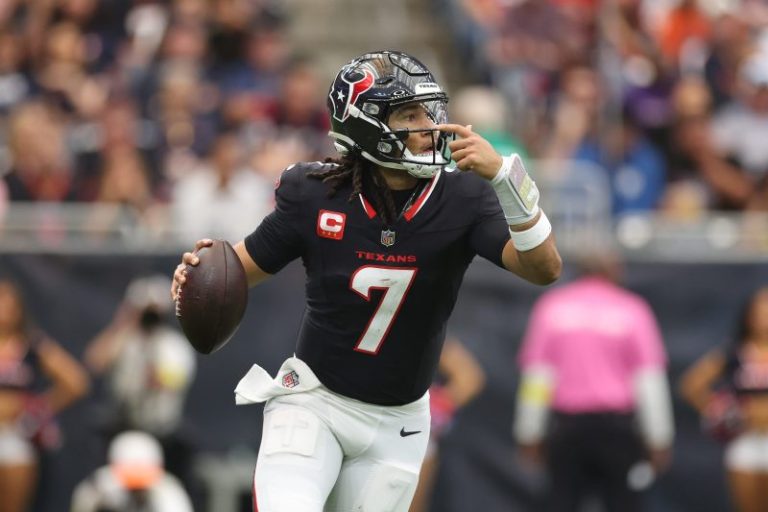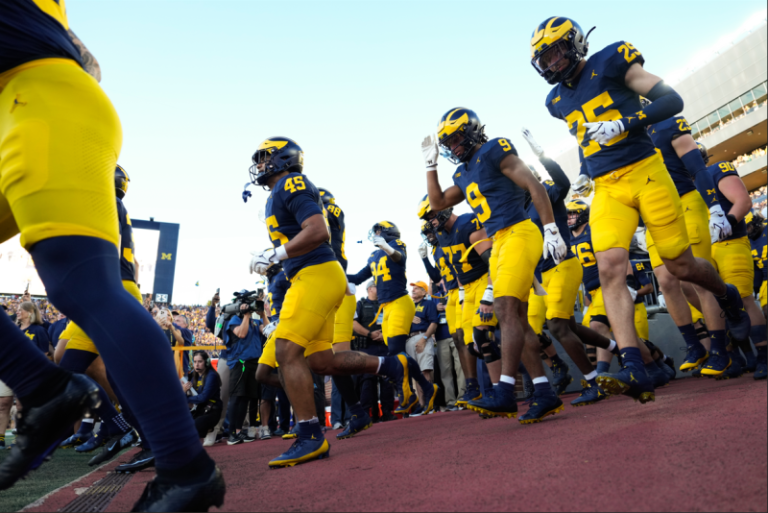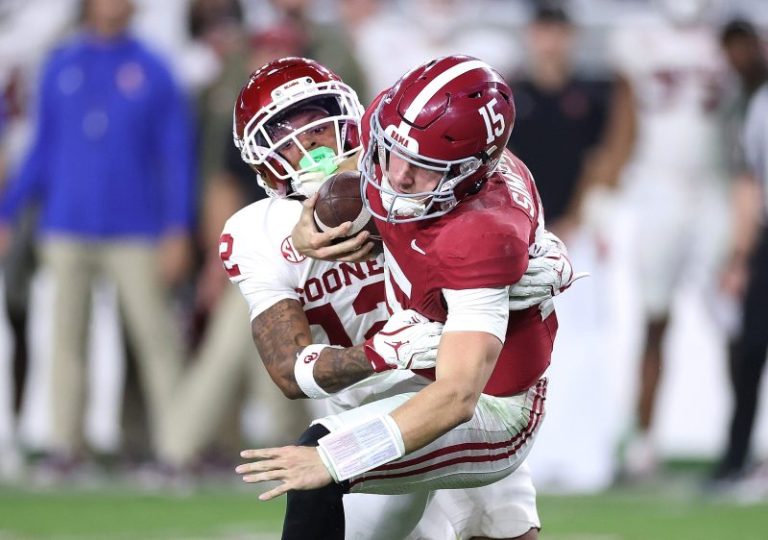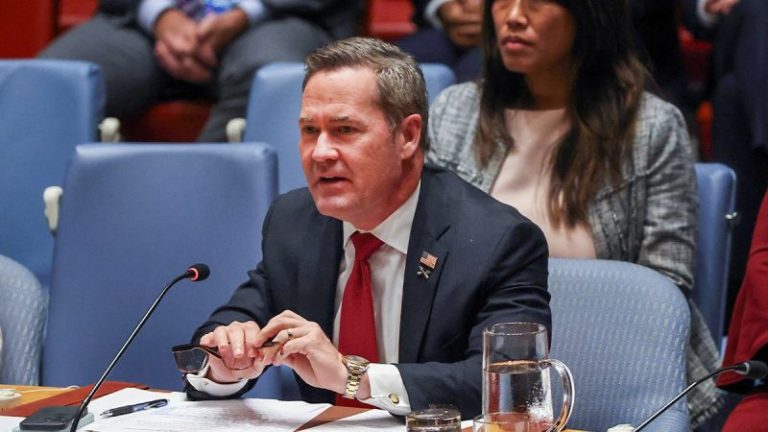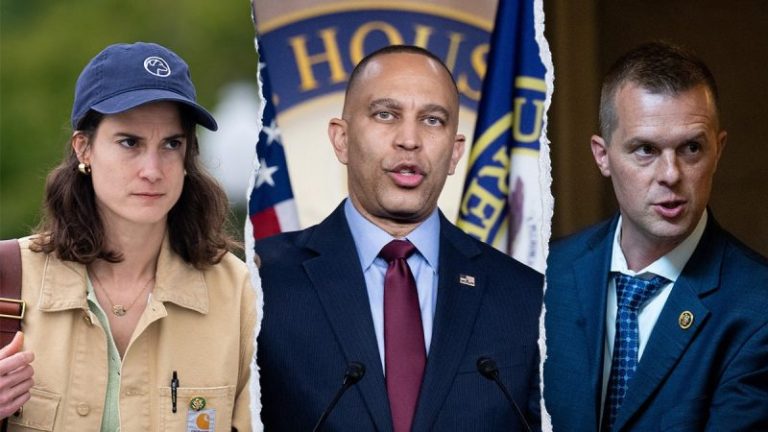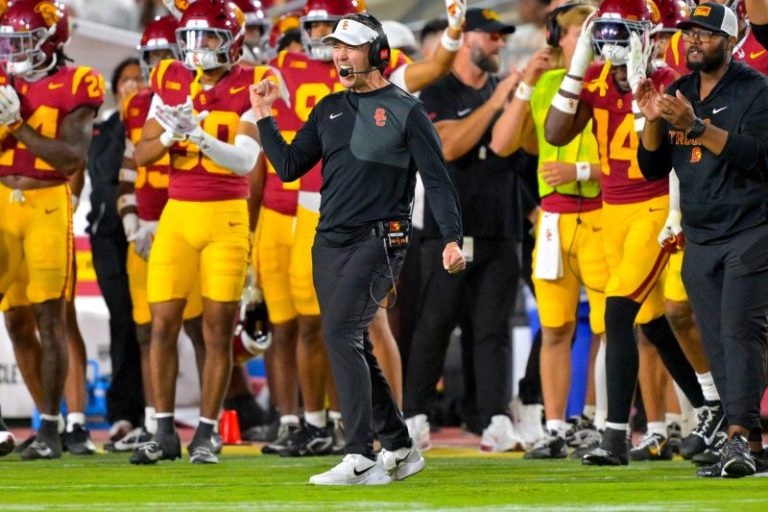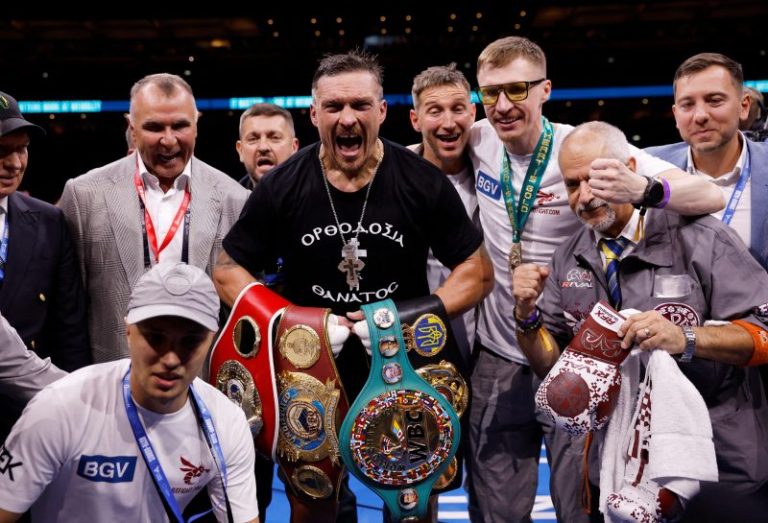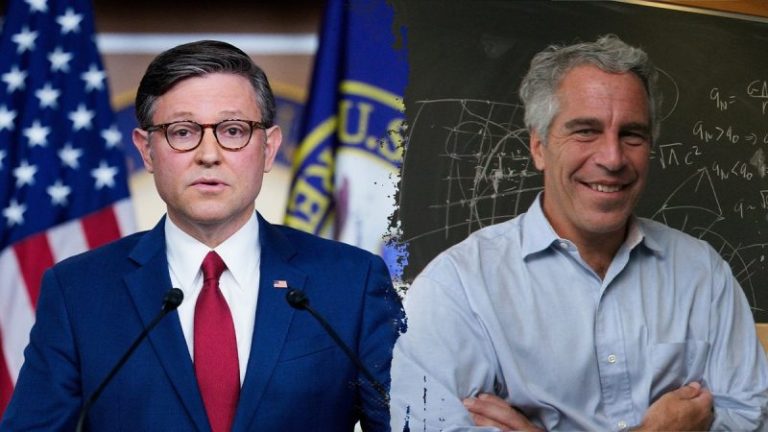A lucky team just might reel in Kyle Tucker for half the price of Juan Soto. That’s still no bargain, though Tucker may be poised to deliver value – relatively speaking – to his new club.
One year after Soto set a new salary standard in North American sports by signing a 15-year, $765 million contract with the New York Mets, Tucker inherits his spot in this winter’s free agent pantheon. Soto has resembled a generational talent since making his major league debut as a teenager and that’s probably the biggest difference between the two free agent cases: Age.
Soto was just 26 when he signed his landmark deal, while Tucker turns 29 in January. And Tucker’s 25.5 WAR produced since 2021 can’t quite measure up to Soto’s 32.3 mark, second only to Aaron Judge.
Yet that’s still better than three-fourths of Soto’s value, which means a deal landing around $400 million wouldn’t look too bad to the signing team.
We know this much: It won’t be the Mets, as right field is spoken for into the next decade. But just where might Tucker – whose WAR and 145 adjusted OPS since 2021 both tie Corey Seager for 10th across MLB in that span – find the best fit?
Let’s explore:
New York Yankees
Now this would be a nifty gambit: The Yankees lose Soto, rebuild around new ace Max Fried, win 94 games – and then land Tucker a year later. Heck, even a $450 million deal would ensure the Yankees got Tucker for $97 million less than Soto alone.
Yep, it’s clear that there’s still plenty of dry powder in Yankeeland, given that the club was prepared to hit the three-quarter billion mark in the Soto sweepstakes. Yet Tucker would also be a really neat fit in the Bronx.
The left-handed swing and the short right field porch. Batting in front of, behind, or wherever it best suits maximizing Aaron Judge’s greatness.
And at least for a couple of seasons, forming a lethal (when healthy) right-left-right situation sandwiched between Judge and Giancarlo Stanton.
Naturally, it’s an awful lot of cash to carry for two outfield spots. And Tucker’s past two injury shortened seasons – he played 78 games in 2024 due to a shin malady and 136 last season – give pause to wonder if they want to bet on the body into the mid-30s just as Judge is nearing 40. Yet these things tend to work themselves out in the Bronx.
It’d also ensure the Yankees’ star power continues to regenerate. This is Judge’s show so long as he is able, and he’s signed through 2031, at which point he’d be, if still productive, in line for legacy deals that feature shorter terms and massive annual paydays.
In 2031, Tucker will still be just 34 – keep in mind that Freddie Freeman, say, is already 36 – and likely capable of being the guy. Yet forget that for a minute and focus on Judge and Tucker at their peak, a recovered Gerrit Cole and Fried leading the rotation. It’s a nucleus worth building around.
Toronto Blue Jays
Now, wouldn’t this one be fun?
The Blue Jays seem to have really shed the imposter syndrome that’s hung over this franchise most of this century: Yes, they’re in a major, desirable market, have very deep-pocketed ownership and can improve the fortunes of various holdings by putting a kick-ass team on the field.
A World Series run really brought that into focus, even more than actually landing a Soto or Yoshinobu Yamamoto in recent years could’ve done.
Just to be clear, any team could find room for Tucker. Yet he’d be a natural fit in the outfield, allowing Addison Barger to slide back to the infield, while nestling in between Vlad Guerrero Jr. and any number of right-handed problems in the lineup.
The money? Pfft. Toronto has plenty of it but if you’re worried about such matters, George Springer’s $150 million deal is off the books after this season.
Could the Blue Jays spring for both Tucker and Bo Bichette this winter? That would be quite the Tampa Two to nail down in their lineup and, for one year, give them arguably the best 1-through-9 look in the majors.
Dare to dream.
Texas Rangers
Funny how time flies, eh? Seems like it was just yesterday Major League Baseball locked out its players in the winter of 2021, though not before the Rangers opened for business and guaranteed middle infielders Corey Seager and Marcus Semien $400 million.
Did that work out? The lone Rangers World Series title is evidence enough.
But don’t look too far into the past: We’re already staring at another lockout, and the Rangers can see the end of their contract commitments already in sight. Semien’s deal will expire after 2028, and Jacob deGrom’s $180 million guarantee expires after 2027.
Seager is in the fold through 2031, though he remains an elite offensive contributor, even if his games played edge more toward 100 than 150.
Point is, though, that another mega-commitment wouldn’t explode the Rangers’ financials. Besides, the Rangers will for sure be looking for a right fielder once Adolis Garcia’s deal is up next year, and he could even be flipped for other reinforcements now.
It’s also never a bad idea to poke your neighbor in the eye, and the Rangers bringing Tucker into Houston would be a nice reminder that yeah, we got the big boy, now.
Los Angeles Dodgers
So, which version of Andrew Friedman will show up this winter?
The tire-kicking, due-diligence, stalking-horse guy who doesn’t mind driving up the price on other free agents even if they’re not destined for L.A.?
Or the dude who, through force of will and the financial might of “Guggenheim Baseball,” seems to lure every major talent to Chavez Ravine?
We are guessing on the former, even as an outfield alignment of Teoscar Hernandez, Tommy Edman and Andy Pages looks mildly sketchy for various reasons.
Hey, you get the sense the Dodgers won’t stop until every last position is firing optimally. They took an $18 million risk on Michael Conforto in left field, and that did not pan out. Is $400 million-plus too expensive simply to buy certainty?
And while “flexibility” is typically a word for loser markets, it’s at least a partial concern when you eye the Dodgers’ roster for the next five to seven years. Is Mookie Betts a forever shortstop, or will he need to bounce back to the grass at some point? If Ohtani, for some reason, is no longer a full-time pitcher, might he be deployed in the field to leave DH open?
Those are problems for another decade, largely. Tucker would be a stunning addition to the two-time defending champs, who would have to ponder the indignity of asking Tucker or Freeman if they’d be willing to slum it in the five hole.
Dodger problems. Gotta love ‘em.
San Francisco Giants
It’s a right field hole as wide as McCovey Cove is deep. Yet are the Giants done handing out nine-figure contracts – and could they ever convince a Sun Belt kid like Tucker to dampen his offensive legacy in Oracle Park’s marine layer?
Yep, all these factors would conspire to make this a non-fit. Let’s start with the dollars – roughly $240 million owed to Rafael Devers, with Willy Adames ($150 million), Matt Chapman ($125 million) and Jung-Hoo Lee ($88 million) already adding up to an expensive lineup.
Toss in the fact the Giants are right up there with the Blue Jays in finishing on the podium but not with the gold in their free agent chases – from Shohei Ohtani to Yamamoto to Judge – and this fit seems all the more unlikely, especially for a dude who’d probably rather train and live on the East Coast.
So sue us. Devers was supposed to be the offensive force the Giants have lacked since Barry Bonds, and he may fill that bill. But Tucker’s all-around game is even better-suited to be their aircraft carrier, be it dropping balls into the Cove or peppering Triples Alley with line drives.
A fit, yes. Even if it’s probably the stuff of dreams.
Chicago Cubs
You wonder when, or if, the Cubs will truly go big. That they’ll be the winners of a free agent sweepstakes, have a franchise cornerstone locked down into the next decade, show they’re not just in hope-we-win-a-few-more-than-Milwaukee mode.
This is probably not that time.
The Cubs’ incumbency advantage has vanished, not that there was much, if any, of one to begin with. Yet with Tucker truly free (save for that bothersome qualifying offer), the Cubs can easily come up with more reasons not to sign Tucker than to reunite.
Sure, it looked like a blockbuster deal at the time when the Cubs sent prospect Cam Smith, third baseman Isaac Paredes and pitcher Hayden Wesneski to Houston for Tucker. Certainly more than just a rental.
Yet look at it now: The Astros say Smith – who posted an 87 adjusted OPS – must win the right field job in spring. Wesneski succumbed to Tommy John surgery. And Paredes himself has just two years left before free agency.
The Cubs could look back on Tucker’s one All-Star season in Wrigleyville, realize he lifted them to the playoffs for the first time since 2020 – and walk away, feeling like they got their money’s worth.
Pitching, pitching, pitching – that’s their focus coming out of the GM’s meetings. Fair. Yet shirking a bigger-ticket item is increasingly par for the course for a franchise whose lone major investment since they non-tendered Kyle Schwarber after 2020 was the $177 million given shortstop Dansby Swanson.
Heck, after next season, there’s just $32.5 million on the books for 2027.
You’ll find fewer cleaner sheets for a major market franchise, and perhaps the Cubs will kill it in the aggregate this winter. Yet voids like Tucker’s are hard to fill.
The USA TODAY app gets you to the heart of the news — fast.Download for award-winning coverage, crosswords, audio storytelling, the eNewspaper and more.
This post appeared first on USA TODAY

